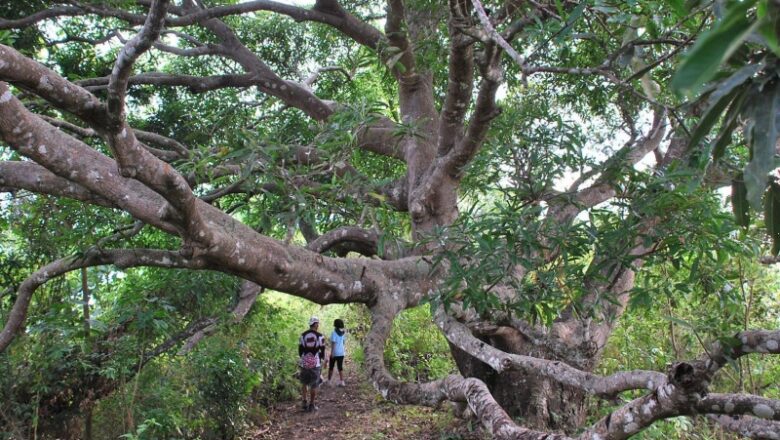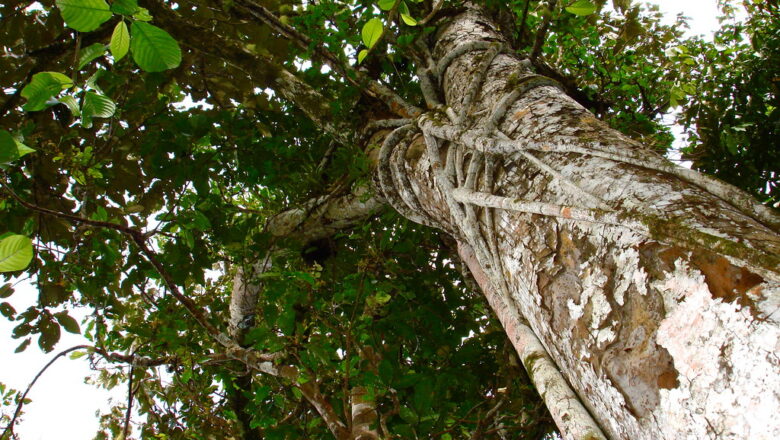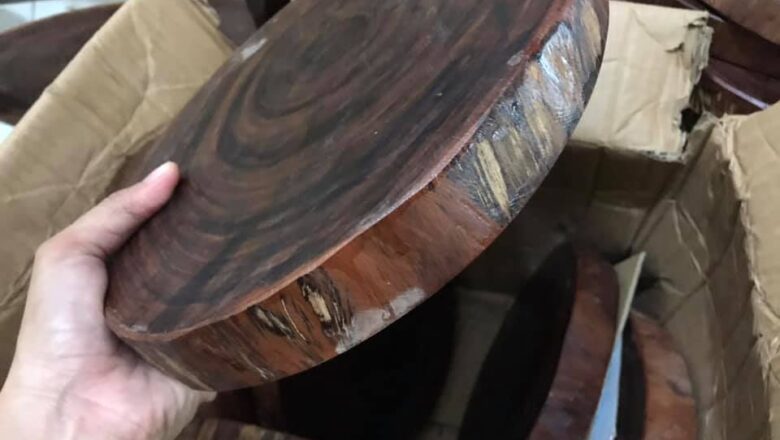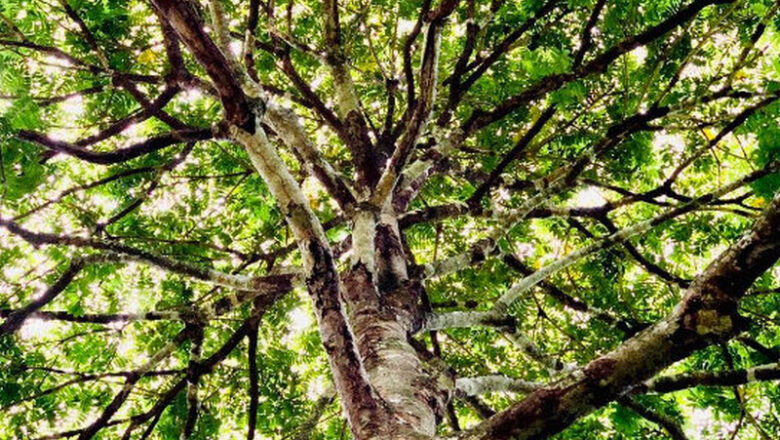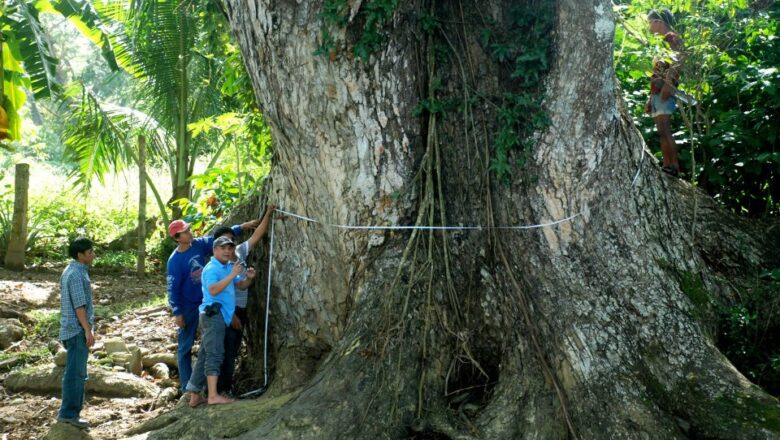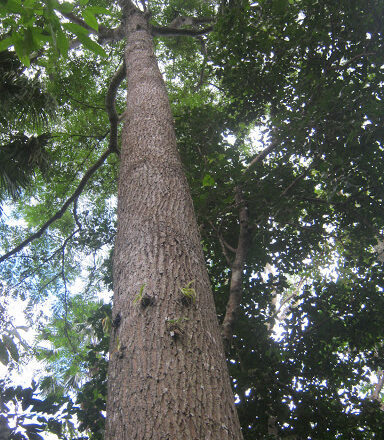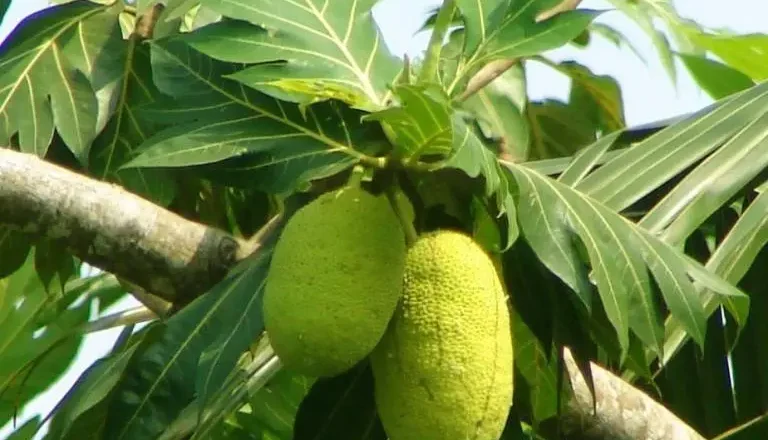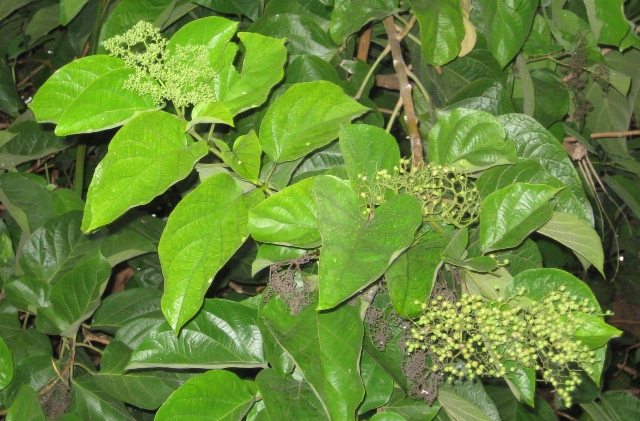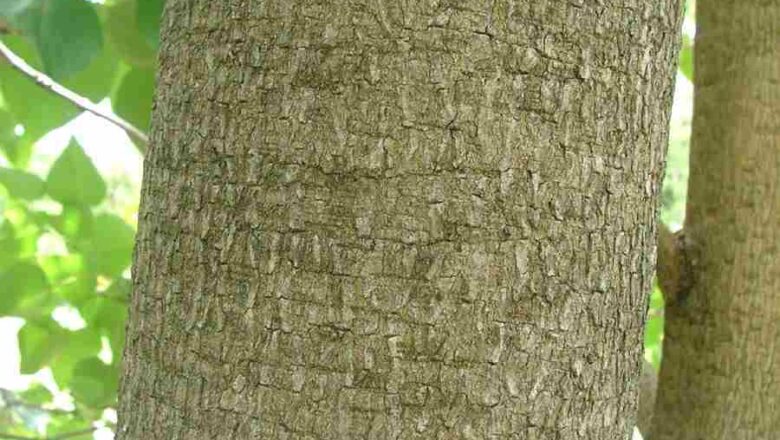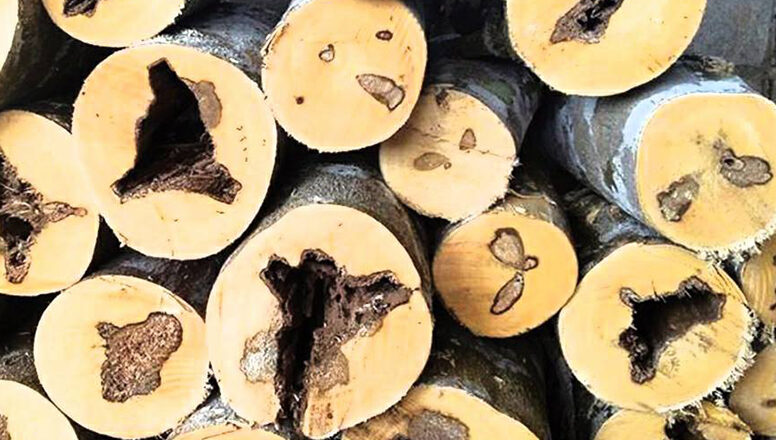
Lapnisan: Agarwood Description, Characteristics, and Uses
Agarwood, also known as Oud or Agar is a highly prized resinous wood used for centuries in traditional medicine and perfumery. This precious substance comes from the Lapnisan tree found in various Southeast Asian regions, including the Philippines. Due to its rarity and unique properties, agarwood commands an incredibly high price on the global market. In this article, we'll explore the description and characteristics of agarwood, its uses and applications, why it's so expensive, places where you can find it in the Philippines, conservation challenges surrounding its production and trade...and more! So sit back and get ready to discover everything you need to know about this fascinating substance!
Agarwood Description and Characteristics
Agar is a resinous wood that comes from the lapnis...

